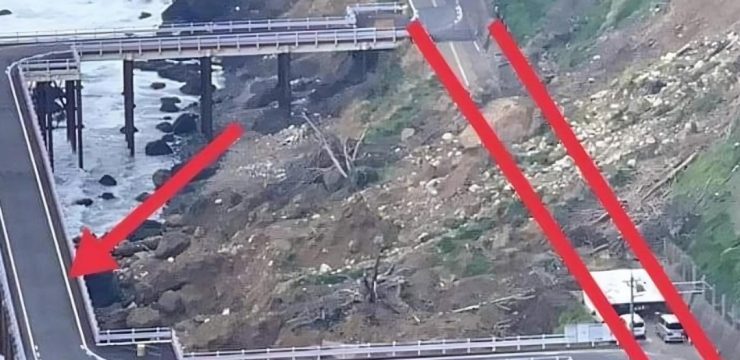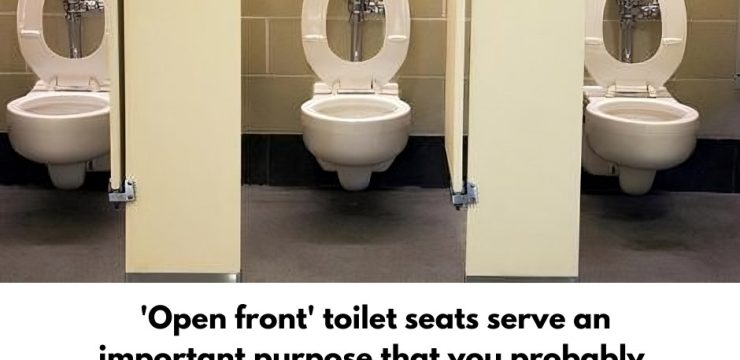Looking for a fun and quick brain teaser? Imagine this scenario: four glasses, all filled with water to the same visible level. Inside each glass, there’s a different object submerged—one holds a baseball, another has an eraser, the third contains a wristwatch, and the last one has a paper clip. At first glance, all the glasses might seem to have the same amount of water, but here’s the challenge—appearances can be misleading! The real question is, which glass actually holds more water?

This puzzle requires some critical thinking and a deeper look beyond what’s on the surface. Let’s break it down step-by-step to find the answer and uncover the science behind this brain teaser!
Common Mistakes People Make When Solving This Puzzle
Before we reveal the answer, let’s explore some common mistakes people tend to make when tackling puzzles like this one:
- Ignoring the Volume of the Objects: A common assumption is that since the water levels are the same, each glass must contain the same amount of water. This assumption overlooks a crucial point—the objects inside the glasses take up space and displace some of the water.
- Focusing Only on the Water’s Surface Level: Many people focus entirely on the water’s surface level and forget to consider the object submerged within the glass. Each object has a different volume, so it displaces a different amount of water, which affects the actual quantity left in the glass.
- Overlooking the Density and Size of the Objects: The size and density of the submerged objects influence how much water gets displaced. A larger or denser object will displace more water, meaning that the glass with the largest object actually holds less water.
Now that we’ve identified these common pitfalls, let’s move on to solving the puzzle in detail.
Step-by-Step Breakdown to Solve the Puzzle
Step 1: Take a Look at the Objects in Each Glass
Each glass contains one of four objects: a baseball, an eraser, a wristwatch, and a paper clip. These items vary in size and shape, which impacts how much water they displace. The larger the object, the more water it pushes out, which leaves less water behind in the glass.
Step 2: Understanding Water Displacement
Here’s a simple scientific principle: when you place an object in water, it displaces a volume of water equal to its own volume. This means that larger objects will displace more water, so there is less actual water left in the glass. Conversely, smaller objects take up less space, displacing less water and leaving more water in the glass.
Step 3: Identify the Smallest Object
Among the four objects, the paper clip is the smallest. Because it takes up the least amount of space, it displaces the least amount of water compared to the other objects. On the other hand, the baseball is much larger and displaces a significant amount of water, meaning there’s less water left in the glass with the baseball.
Step 4: Arriving at the Answer
Since the paper clip is the smallest object, it displaces the least amount of water. This means that the glass with the paper clip contains the most actual water compared to the other glasses. When you remove each object, you’ll notice that the water level will drop more significantly in glasses with larger objects, but the glass with the paper clip will experience the smallest drop in water level. This indicates that it contains more water than the others.
The Answer: The Glass with the Paper Clip Has the Most Water
The correct answer is that the fourth glass, which contains the paper clip, has the most water. Even though all four glasses appear to have the same water level initially, the actual amount of water in each glass varies depending on the size of the submerged object. Because the paper clip takes up the least space, it leaves the most water in the glass compared to the other, larger objects.
Why Is This Puzzle a Great Exercise for Your Brain?
This type of brain teaser is a great way to boost critical thinking skills. It encourages you to look at problems from multiple angles and consider factors that might not be immediately obvious. By analyzing each detail and understanding the science of water displacement, you can uncover an answer that might not seem apparent at first glance.

Puzzles like this one are fantastic for sharpening your problem-solving skills and improving your logical reasoning. They require you to think beyond what you see, apply science, and break down each step carefully.
Challenge Your Friends and Sharpen Your Mind
Did you enjoy solving this brain teaser? Why not challenge your friends and see if they can figure it out too? It’s a fun way to spark critical thinking and see how different people approach the same problem. Plus, solving puzzles is an excellent way to keep your brain sharp and enhance your observation skills.
The more you engage with puzzles like this, the more confident you’ll become in tackling tricky problems. So, the next time you’re faced with a tough question, you’ll be ready to take it on with confidence. Keep practicing, keep puzzling, and enjoy the mental workout! Happy solving!





